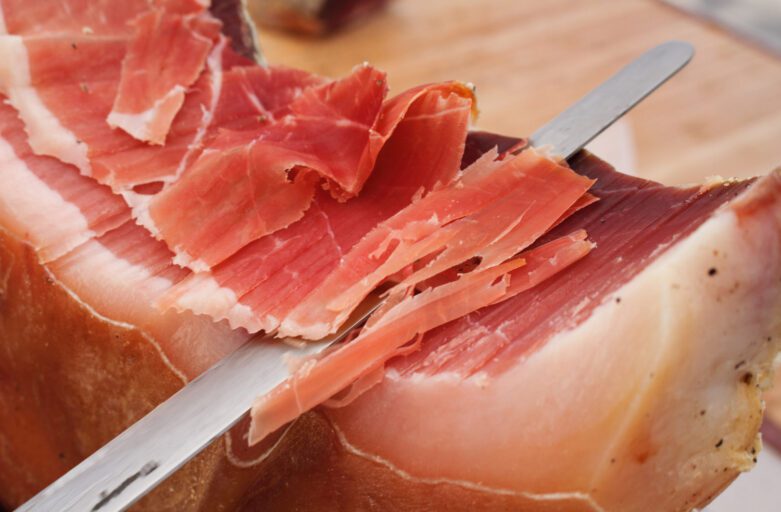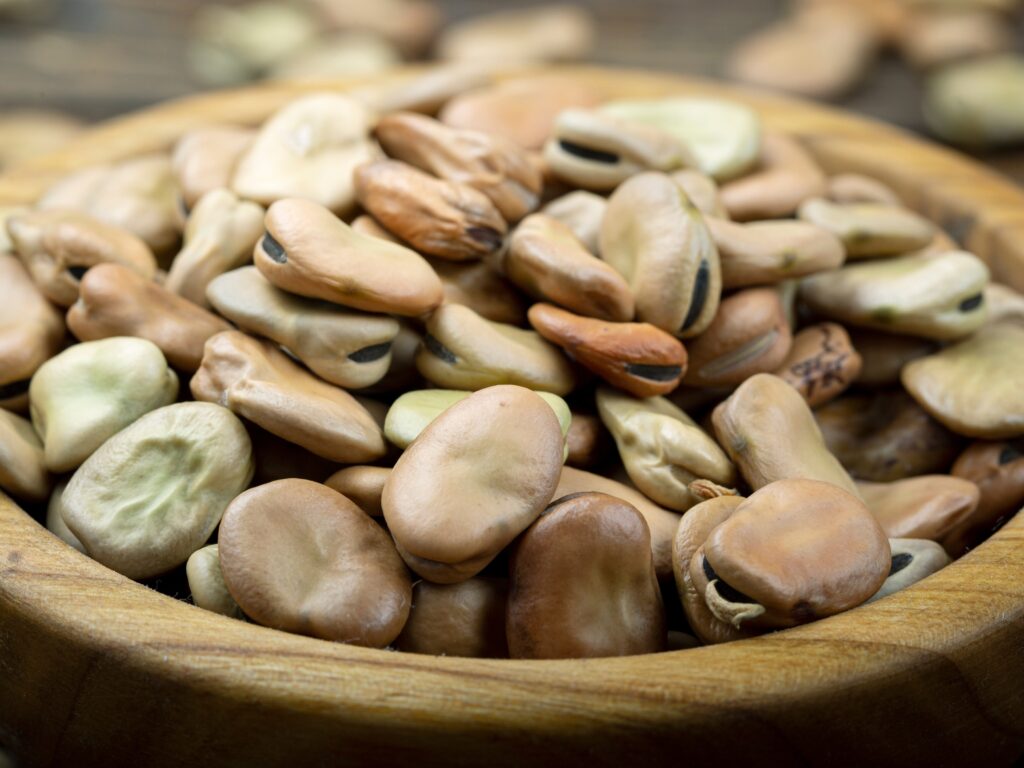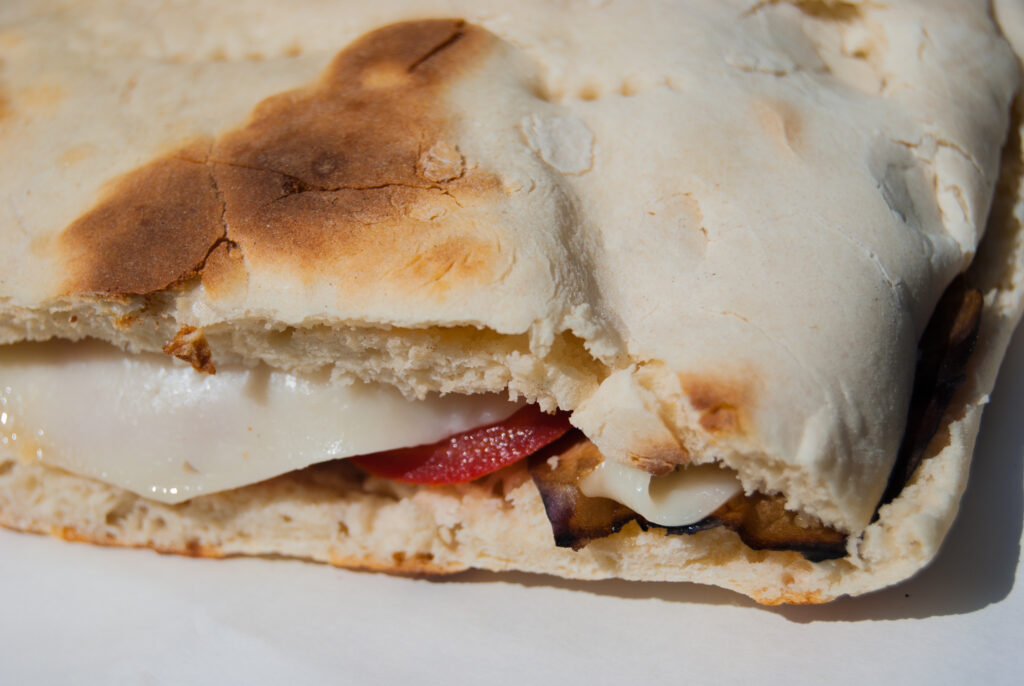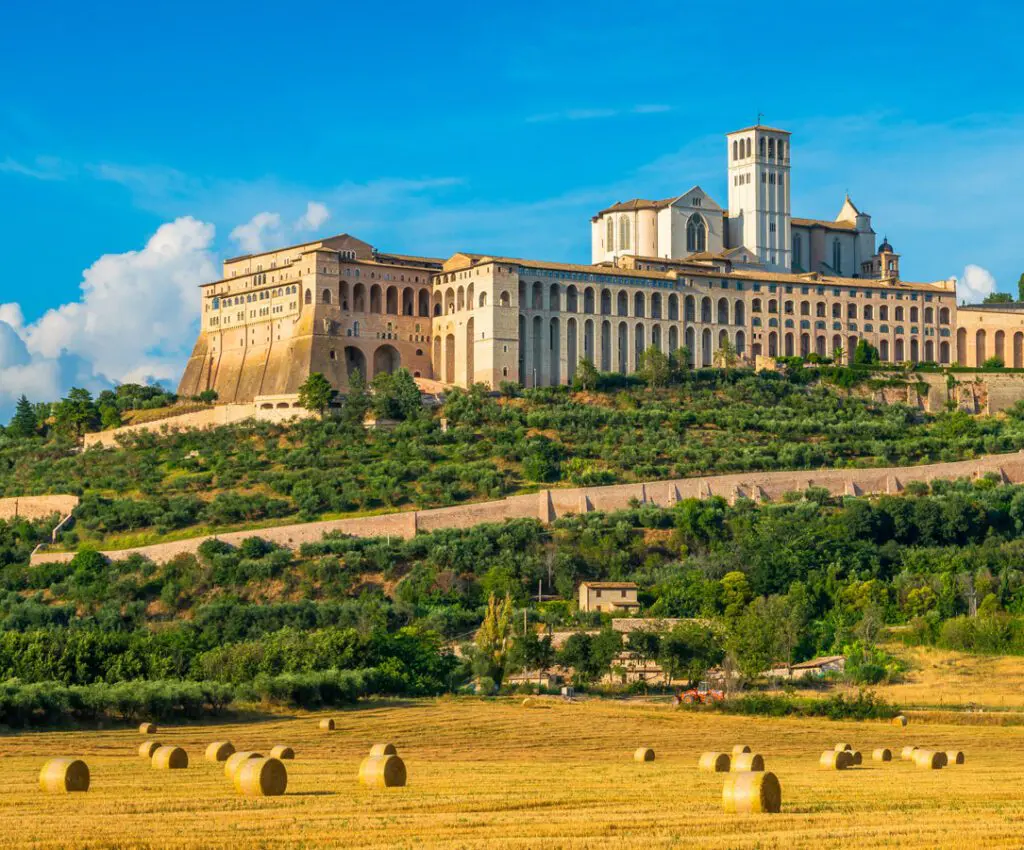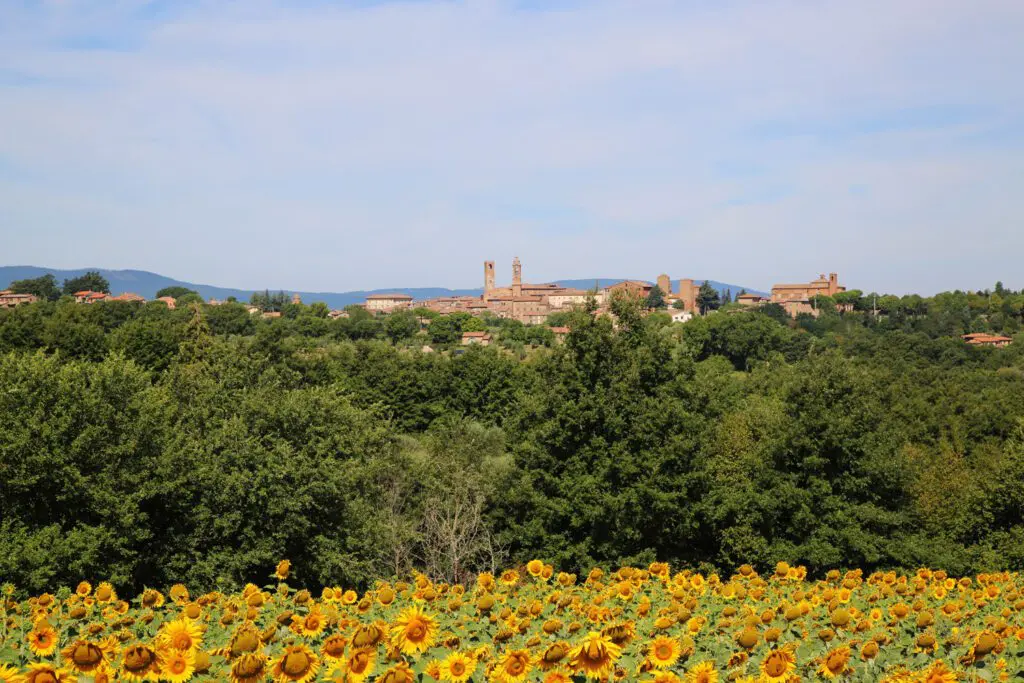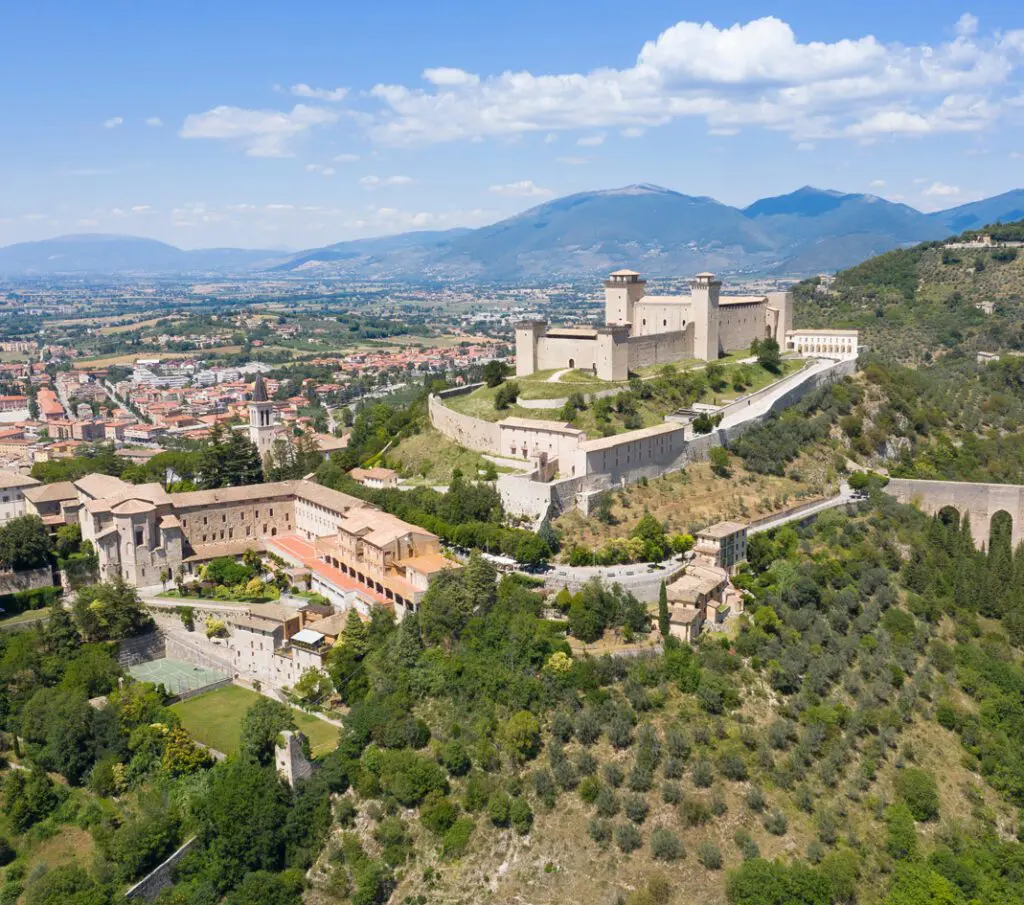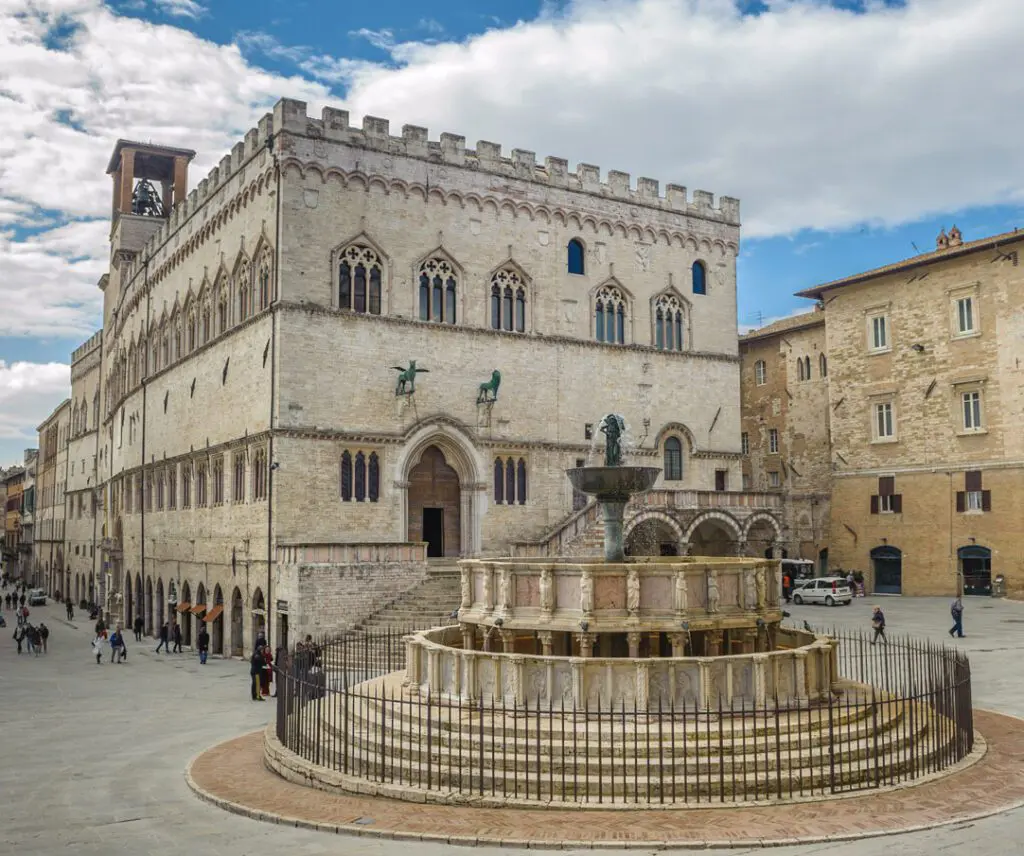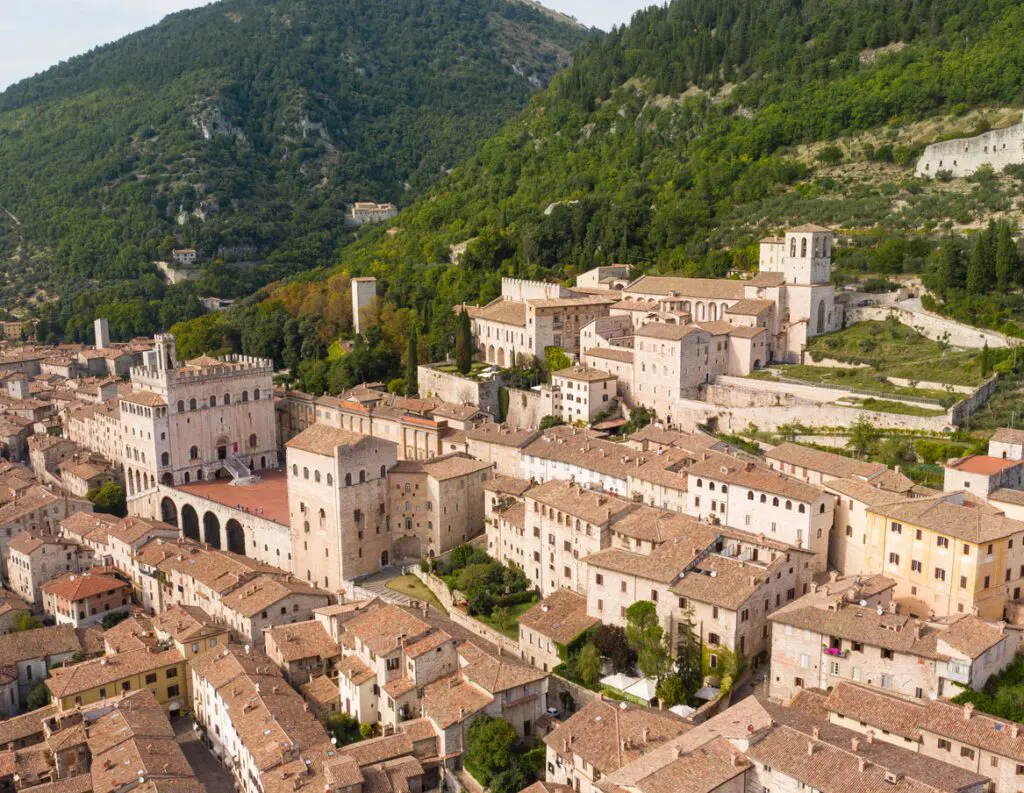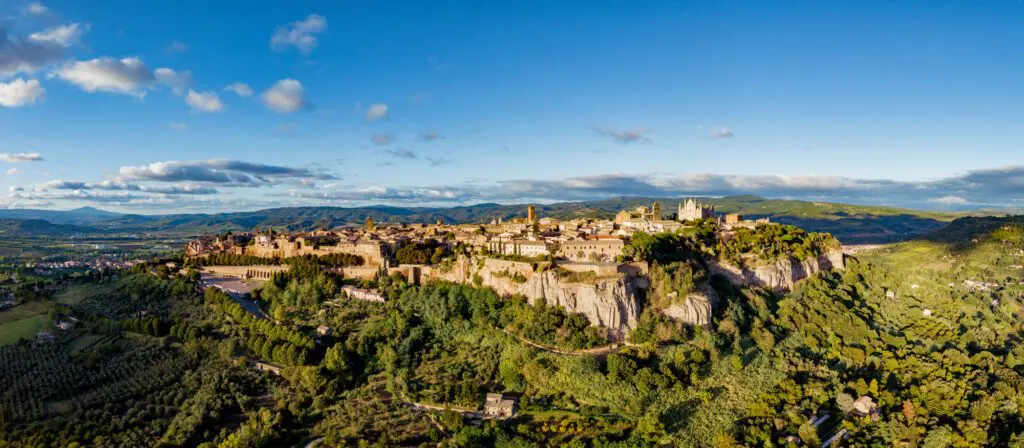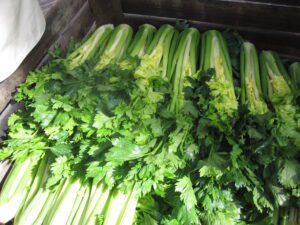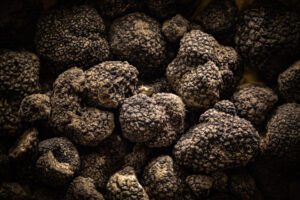Prosciutto di Norcia (Norcia ham) is one of the many cold cuts products
made from the processing of pork meat. It is one of the typical products of the Umbrian culinary culture and obtained the European IGP (PGI - Protected Geographical Indication) label in 1997.
An activity dating back to ancient Rome
The breeding of pork, generally of Large White and Italian Landrace races, is proved already in the Roman period, in fact, the general, politician and writer Marco Porcio Catone (called “Censore” – the Censor), in his work De Agri Cultura explains in detail some techniques of agri-food production, illustrates some phases of hams processing and reminds the moral importance of agriculture. In particular, around Norcia, large pig farming was facilitated by climatic and geographical conditions, being an area rich in woods and oak forests where animals could find the food they needed.
However, the production of the Norcia ham is linked to the school of surgery born in Preci, a little town in the province of Perugia, in the XIII century. Developed in the cultural and religious context of the Benedictine abbey of Saint Eutizio, the school of surgery was not a university academy but an empirical school where monks taught medical science to the inhabitants of Norcia and Preci who were mainly engaged in agriculture and pastoralism. Thus, farmers and breeders specialised in anatomy, in the dissection of animal meat to work and then resell their products also in areas far from the grazing lands thanks to salt preservation.
Areas of production and processing phases
Today, the Norcia ham is produced only in specific areas located at least 500 metres above sea level, for example, in the towns of Norcia, Preci,
Cascia, Monteleone di Spoleto and Poggiodomo in the province of Perugia. Its processing has undergone some changes over the centuries, due mainly to the introduction and use of new techniques and instruments.
Following the current production method, after the butchering phase, the pork thighs must be refrigerated for 48 hours and then trimmed (fat and excess skin are removed). This is followed by a two-stage salting phase; then salt is removed and followed by the “sugnatura” phase. “Sugnatura” derives from “sugna”, which means lard; therefore, this phase includes the covering of the ham with a mixture of lard, rice flour, pepper, and salt. The ham must age from a minimum of 12 months to a maximum of 18. It has a rounded shape, a colour varying from pink to red, it is sapid and has a spicy scent given by the use of the pepper in the seasoning. It is an excellent appetiser, combined with other cold cuts and cheeses on a mixed platter, accompanied by a glass of red Umbrian wine, for example, the Torgiano Rosso or Montefalco Sagrantino.
Vivi l’Umbria insieme ai suoi protagonisti
Percorsi ed esperienze da scoprire per un’immersione nella cultura, nella natura e nei sapori umbri
